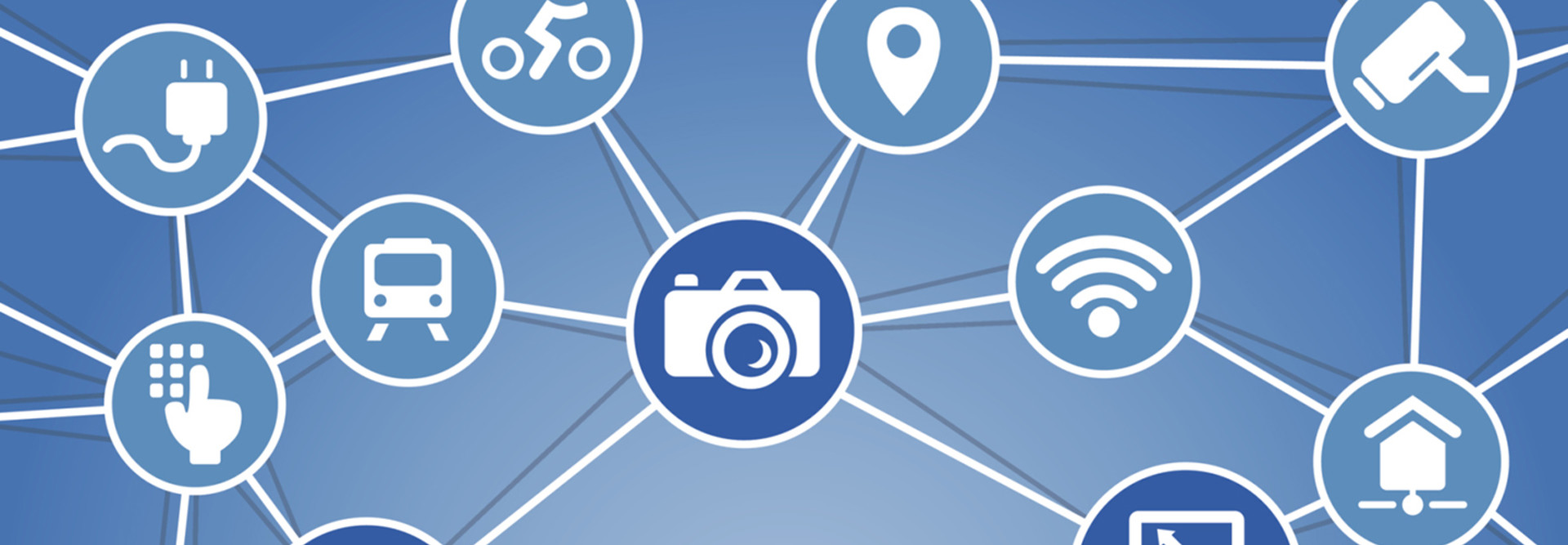Opportunities Rise Alongside a Growing Internet of Things
Campuses are about to become much more connected.
According to new research from the International Data Corporation, spending on the Internet of Things will jump from $655.8 billion in 2014 to $1.7 trillion by 2020, when devices, connectivity and IT services will dominate the IoT market.
While those figures represent spending across markets — including healthcare, government and manufacturing — they signal significant opportunities for higher education.
On-campus use of the IoT today is largely limited to facilities management. Bournville College in Birmingham, England, has long regulated building access and monitored foot traffic patterns with Cisco Physical Access Control technology. As far as other uses go, some universities’ staff receive alerts when solar-powered trash cans are full, and students in residence halls can track the availability of washers and dryers through real-time laundry apps.
While such examples of increased connectivity already result in cost savings and improved efficiency, the IoT has the potential to go much further. Some universities in Korea are leveraging the technology to record students’ in-class attendance through just a wave of their smartphones. Those process improvements can free up valuable class time, giving students more opportunity to learn.
The expansion of the IoT could even make it possible for professors to track students’ cognitive activity and offer mid-lesson support to struggling students. By capturing large swaths of data with actionable insights, professors could someday provide students with more personalized learning experiences built around each student’s learning style, pain points and goals.
New Challenges
As connected devices find their place in higher ed, it’s important for university officials to remember one thing: With the consumer IoT market slated to grow significantly in the next five years, the number of student- and faculty-owned devices could skyrocket — along with the need for increased bandwidth, fortified security and better-defined privacy policies.
That’s because wearables, modules and sensors open the door to hackers in ways wired technology never could. Universities and colleges must take the time to consider how these devices will impact students' privacy and security, and then determine who will be charged with the 24/7 protection and monitoring of IoT data. User name and password authentication methods will also have to be reexamined because those access controls sometimes have difficulty authenticating IoT devices.
Institutions should keep students’ shifting expectations in mind when planning for the future. As the need for more bandwidth and wireless access likely will change rapidly with demand, five-year plans could become obsolete well before they reach fruition.
Declining budgets don’t help: IT decision-makers may find it necessary to institute rate limits and other bandwidth controls to keep demand in check. They’ll also discover that selecting the right technology partner is critical in planning and designing more agile and robust networks, and in reevaluating just how much an institution should invest in on-premises solutions versus what to trust to the cloud. Partners who understand the specific needs and challenges of higher ed can help universities leverage the full value of the IoT without wasting precious resources.
This article is part of EdTech: Focus on Higher Education’s new UniversITy blog series. Please join the discussion on Twitter by using the #UniversITy hashtag.










